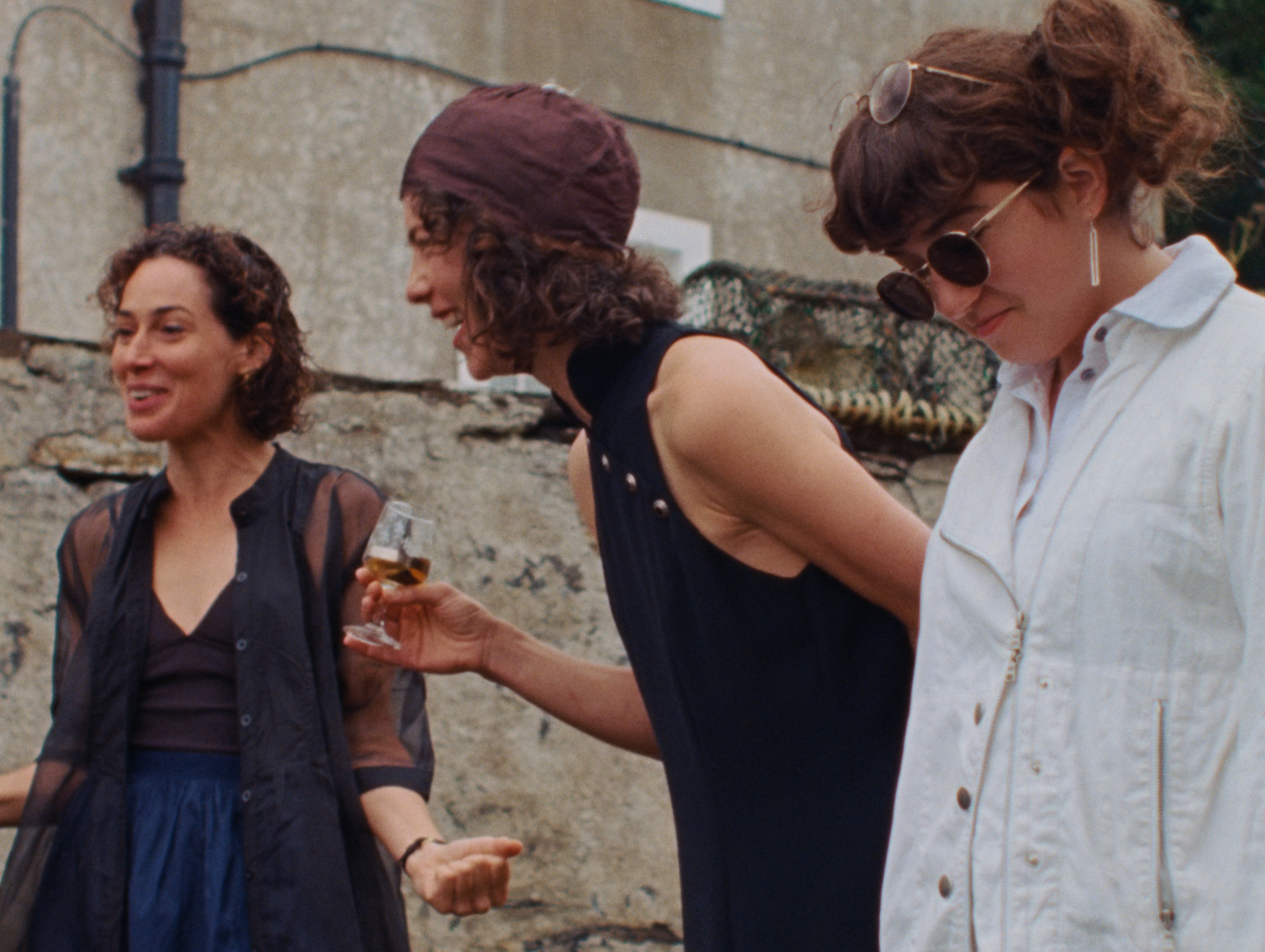The National Gallery established its Modern and Contemporary Projects Programme to reflect critically on the gallery’s collection, its history and on the institution itself. The programme comprises a partnership with the Contemporary Art Society and the designation of the National Gallery Artist in Residence, a twelve-month appointment in collaboration with a non-London member museum of CAS. The Artist in Residence is appointed by a jury that includes a representative from the partner museum. The artist enjoys access to
the on-site artist’s studio at the gallery and receives a stipend for London-living and childcare. The residency culminates with a display of work within the permanent collection, and published documentation of the artist’s practice and the residency. With the generous support of trustee Anna Yang and her husband, Joe Schull, the Contemporary Art Society then acquires a work from the residency for the permanent collection at the partner museum.
The Pier Arts Centre in Orkney was chosen as the first partner museum, and painter and filmmaker Rosalind Nashashibi was selected as the first Artist in Residence. Covid and subsequent protection measures affected the start date of the residency, but Nashashibi had regular contact with curatorial and conservation staff at the gallery throughout 2021, and presented a display of new paintings in the Spanish galleries in October 2021. Through the summer of that year, Nashashibi filmed at the National Gallery as well as in Orkney. The resulting work is the last part of a trilogy of films: a meditation on non-nuclear family and community structures, the theoretical effects of non-linear time travel on human relationships, and how this could aid or problematise communication.
The sense of sharp observation in Nashashibi’s work shares a kinship with the work of the Orcadian artist, filmmaker and poet Margaret Tait. The Pier Arts Centre collection contains several films by Tait, and this connection between the two artists’ work will be an important point of reference for curatorial development, as well as a new foundation for the acquisitions of other artists’ films in the future.


